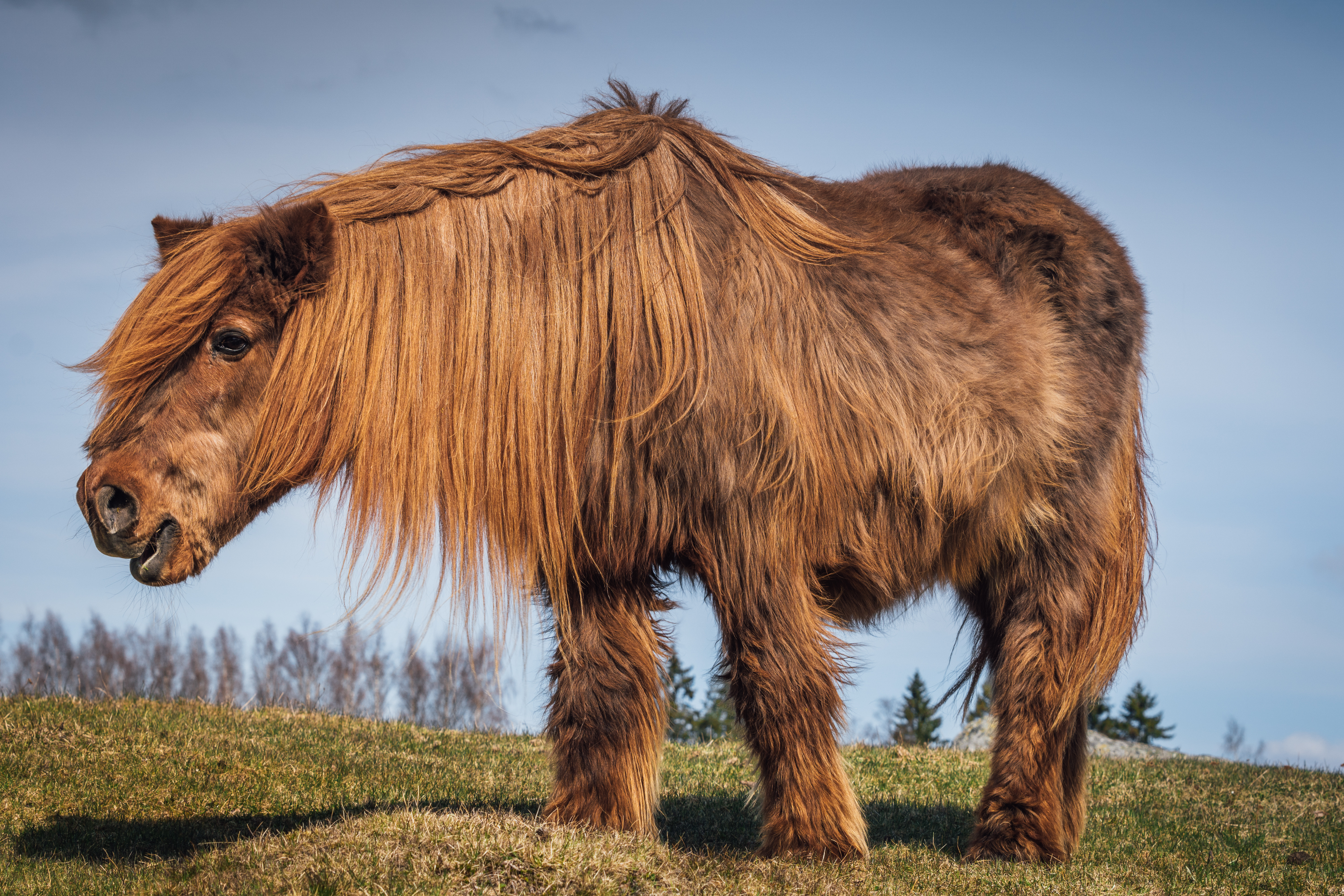An international study shows that approaches to diagnosing and treating pituitary pars intermedia dysfunction (PPID, also known as Cushing’s disease) are fairly consistent around the world.

Caused by an enlarged and overactive pituitary gland, PPID is characterized by excessive levels of adrenocorticotrophic hormone (ACTH) that can lead to a slew of complications, including a long-haired, slow-to-shed coat, muscle weakness and compromised immunity. Horses with PPID can concurrently have insulin resistance and are susceptible to laminitis. Although typically found in horses 15 years old or older, PPID can also occur earlier in life.
To learn more about how PPID is viewed and managed globally, researchers at the University of Saskatchewan in Canada developed a survey that was completed online or in person by 426 veterinarians from 20 different countries. Respondents were asked to describe their experiences with PPID, including their approaches to diagnosis and treatment.
Eight-five percent of the veterinarians reported having at least one horse with PPID in their practice, and half of them were caring for five or more horses with the condition. Overall, horses with PPID represented about 1 percent of all the horses under the care of the respondents.
Click here to learn about the different ways horses are fed around the world.
The survey showed no geographic pattern to the incidence of PPID. “That said, there were areas of the world that were underrepresented [in our survey], Africa and Latin America for example,” notes James Carmalt, VetMB, PhD. “But in those areas, where the usual equid is a working animal, they may not live until the age where PPID is a concern or may succumb to diseases other than PPID.”
For PPID diagnosis, 30 percent of the veterinarians reported relying on clinical signs, such as a slow-to-shed hair coat, without laboratory testing. The data showed the European veterinarians were more likely to rely on clinical signs alone, compared to veterinarians in other parts of the world. Although the study itself did not explore the reason for these differences, Carmalt says one approach isn’t necessarily better than the others.
“PPID has been associated with suspensory ligament degeneration and lameness, so in younger horses, who may not be displaying classical signs of PPID, adding another test might be useful because the pretest probability of PPID is low,” he explains. “On the other hand, in the case of a horse who is 18 years old and hairy, with polyuria and polydipsia [urinating and drinking more than normal], the pretest probability of the disease is already very high and the additional information afforded by the diagnostic test is low.”
About 63 percent of the survey respondents reported treating PPID with medication, while the remainder opted for no treatment or the use of herbal products, acupuncture, dietary management or exercise. Carmalt says the decision to not treat a horse with PPID is often driven by an owner who has financial limitations or does not perceive the condition to be a problem. Of the veterinarians who reported treating the condition medically, 75 percent used the drug pergolide mesylate, with commercial and compounded products equally represented globally. The only approved pergolide mesylate product in the United States is the drug Prascend.
Reference: “Equine pituitary pars intermedia dysfunction: An international survey of veterinarians’ approach to diagnosis, management, and estimated prevalence,” Canadian Journal of Veterinary Research, October 2017
This article was originally published in EQUUS 485
Don’t miss out! With the free weekly EQUUS newsletter, you’ll get the latest horse health information delivered right to your in basket! If you’re not already receiving the EQUUS newsletter, click here to sign up. It’s *free*!








